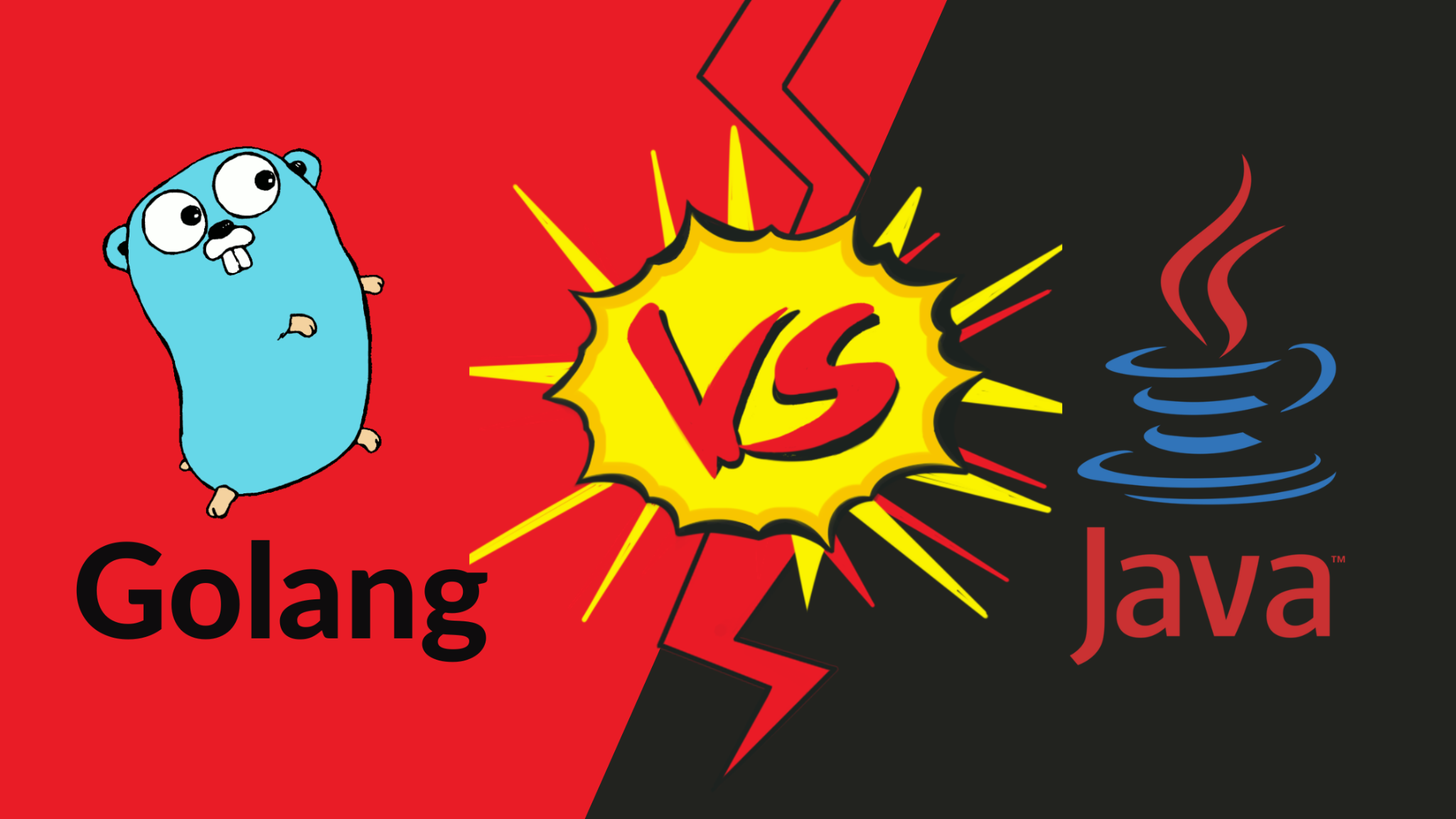Is Golang better than Java? Well, the jury is still out on that debate. But, in this blog, we will try to settle the debate once and for all. It will tell you for sure whether you should hire go developers or Java developers in case you want backend development.
So, let us begin.
1. Simplicity
- In server-side programming, simplicity is crucial. This is because scalability and legacy issues will undoubtedly surface over time. The more complicated the code, the more likely it is that developers won’t be able to figure out the code.
- The vast majority of programmers think Golang’s threading is easier than Java’s. Java just adds to the complexity despite offering valuable features like dependency injection and annotation method.
- However, it is true that Java has way more packages and libraries than Golang. So, Golang is not as mature as Java. You won’t get access to all the feature requests in Golang.
2. Types
- Golang is extremely fast as it is AOT-compiled and statically typed. You get free access to all the features and updates of Golang as it is open-source. Furthermore, it is cross-platform. This means you can easily execute a program on Linux if you have written it on Windows.
- A Golang programmer will definitely appreciate the automated garbage collection feature. To make things easier for developers, the Tricolor Mark and Sweep algorithm was developed by the Golang developers. It works in tandem and in harmony with the writing barrier.
- Java, like Golang, is also an open-source and cross-platform language. Java exhibits traits common to compiled and interpreted languages at the same time. The cross-platform advantages it offers go beyond garbage collection. You can run the code anywhere if you install the Java Virtual Machine.
In the meantime, if you have an issue developing a distributable server or with systems programming in Golang, then you should hire Go developers. The developers at Golang.The company will assist you at every step with Agile methodology and sprint demos.
3. Concurrency
- One of the best features of Golang is concurrency, along with parallelism. Golang makes use of OS threads with the help of goroutines. On the contrary, Java makes use of green threads in order to perform tasks in parallel taking advantage of OS threads.
- Goroutines communicate with each other via channels and they are lightweight threads. Along with concurrency, you get to use multi-threaded parallelism in Golang.
- On the other hand, the Thread class is used in Java in order to manage multithreading. In Java, you will find high-level concurrency APIs with the help of version 5.0.
- Golang’s concurrency beats Java’s concurrency in terms of performance. Java’s concurrency takes place between independent threads. And they are quite heavy to create and maintain. Furthermore, they can only communicate with each other through shared variables or return values.
- In Golang, memory sharing occurs via communication. The goroutines help in writing into an unbuffered channel and they wait for other goroutines to take up the data.
4. Exceptions in Java and Errors and Panics in Go
- In Golang, you get to see errors and panics. The error code represents an abnormal state in Golang. Errors represent small data objects that help in the implementation of the Error interface.
- The error management in the case of Golang is very simple. The errors play a vital role in improving signaling and it helps in locating the precise error that occurred. Mistakes are wrapped to offer function call tracing.
- You can manage the error via if statements only in Golang. And you can send the errors as the final value to choose what you can do with them.
- However, in Java, you get to see exception handling, that deals with runtime issues such as SQLException, IOException, ClassNotFoundException, etc. In Java, unchecked exceptions lead to problems. On the other hand, checked exceptions are controlled effectively.
- Most developers do not appreciate the exceptions as they are inconvenient, which leads to failures and sudden crashes.
5. Microservices
- Most clients like to work with microservices as it offers a number of advantages. Software is usually segregated into different services that communicate with one another via an API interface in order to support the architecture. The development process becomes easier with this method.
- In the case of microservices, you have to change only one service instead of the whole app. Thus, the chances of error reduce and the implementation is smoother.
- When you segment a structure, it is easier to go straight to the root cause of an issue. Go has a small memory footprint and a rapid boot-up speed.
- But, if you want to proceed with complex applications, then it is better to go with Java. This is especially true if you need only one server. The reason is that Java had the opportunity to address issues for a long time since its inception.
6. Memory Management
- Golang’s built-in memory management aids in faster processing. In cases of object referencing, the automated garbage collection feature makes sure that there is no delay in the process.
- The garbage collection process in Java is inferior in comparison to Golang. This is in spite of the fact that developers do not have to incorporate memory management logic into the programs. The automatic garbage collection in Java is done with the help of JVM.
7. Features
- Golang is not guided by the OOPs concept, whereas Java is. You cannot use inheritance and reflection in Golang which you can in Java. Error detection is made somewhat easier with self-reflection during the runtime in Java.
- Although there is no class concept in Golang, you can easily use the struct embedding. Composition helps you create objects using structs, without extending them.
- Java might have a lot more packages and libraries in comparison to Golang, but developers still have to use 3rd party libraries in order to carry out tasks. On the other hand, Golang has a powerful standard library that is quite modern. Thus, you get access to HTTP support, HTML templates, JSON support in Golang, and much more.
8. Community
- Java came into the scene in 1995, whereas Golang appeared in 2009. As you can imagine, Java has quite a large community in comparison to Golang.
- However, the small size of the Golang community shouldn’t fool you. The developers are extremely active and they reach out to each other in case of any issues during the development process.
It is quite evident from the blog that Golang outweighs Java in most cases. However, the general scenario is that developers prefer to opt for Java. But the paradigm is likely to shift in favor of Golang. So, it all boils down to your requirement of which language do you see as more apt for server-side programming.

The Search Engine Cage team is on a mission to educate entrepreneurs. We make things easier for the small business owner, by writing articles that help them to understand SEO and Digital Marketing.







